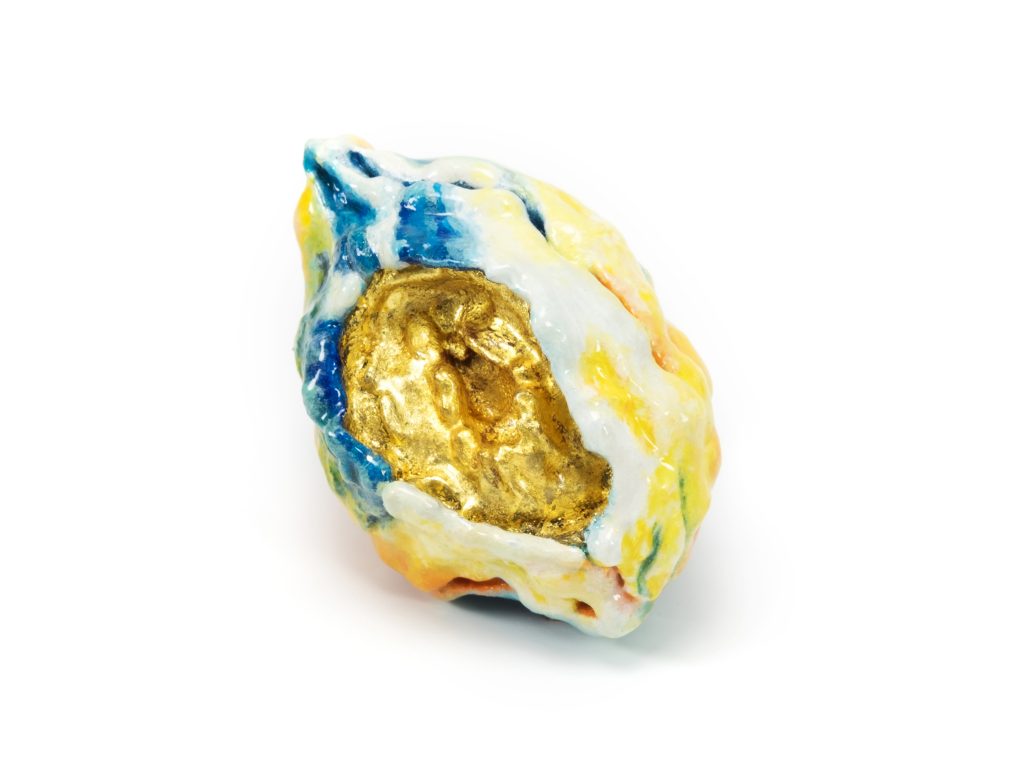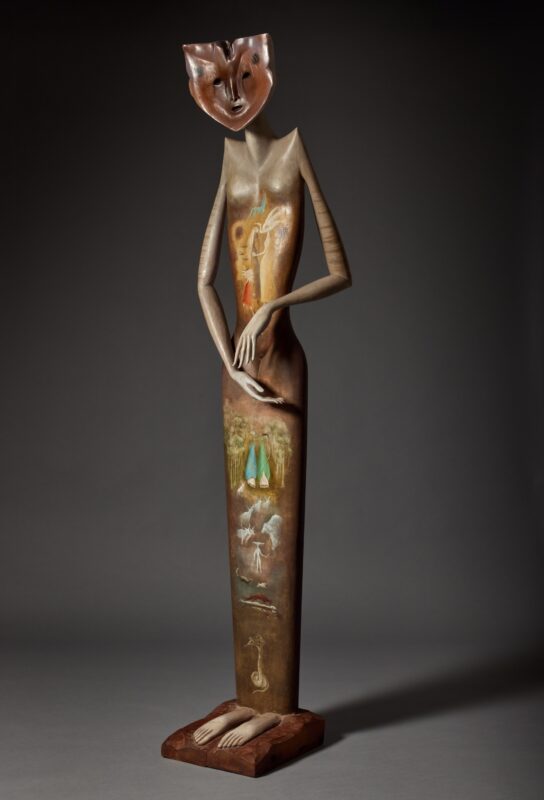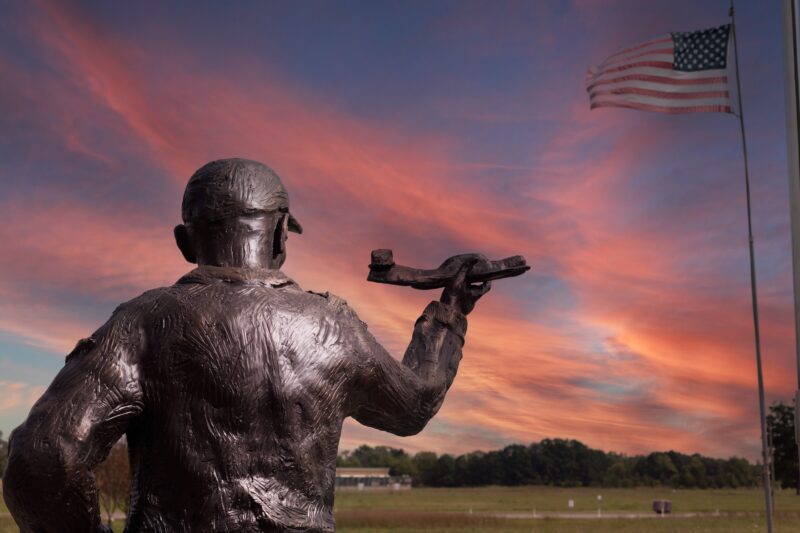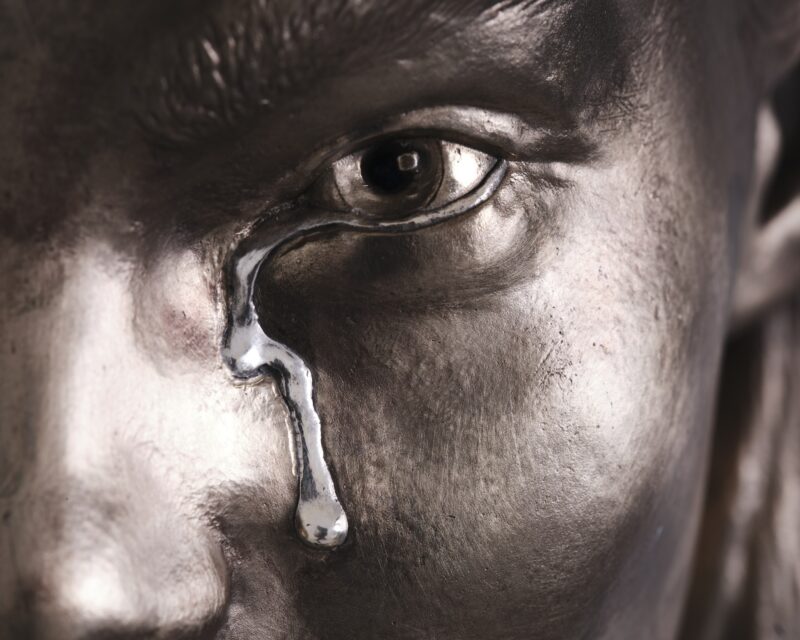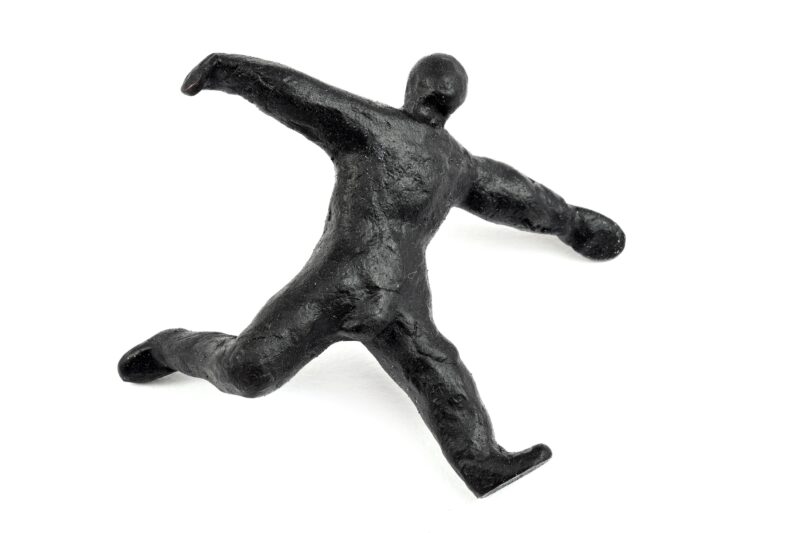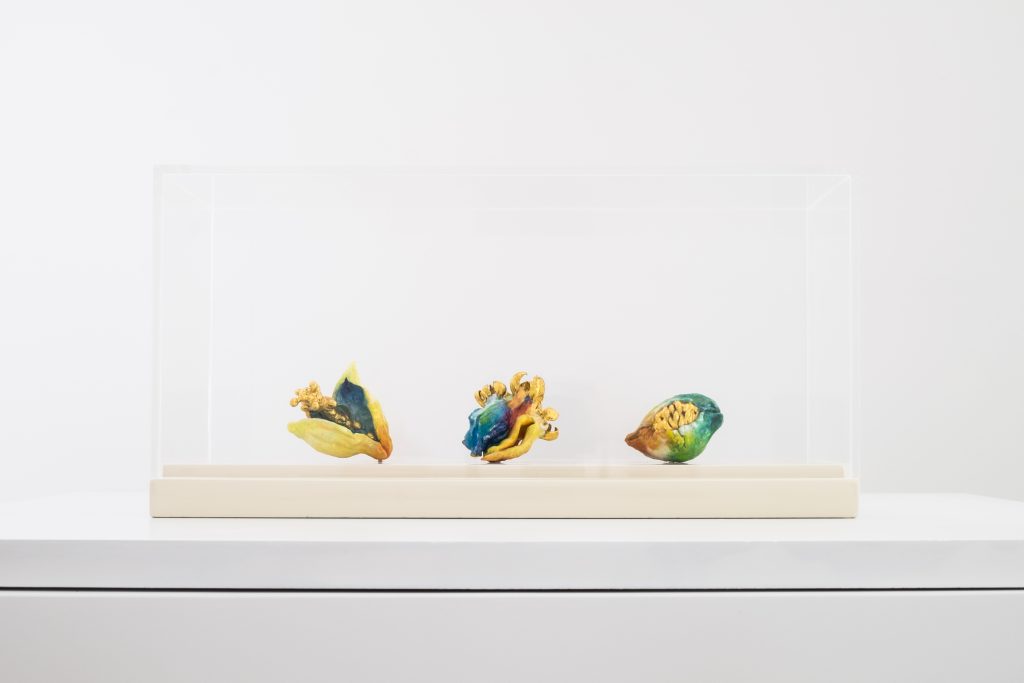
We Love Nick Ervinck’s small plant mutated sculptures. Hundreds of hours of manual computer-aided drawing was needed to achieve these great sculptures. Through the use of the latest computer software and 3D printing techniques, Ervinck was able to design and execute the complex works. The idea of mutation and manipulation has always appealed to Ervinck’s imagination, he uses 3D experiments to explore ideas of both organic and genetically engineered life forms.
Our fruit and vegetables are being manipulated and experimented on to make them last longer, increase yield and ncrease profit. Thanks to the 3D printer we are now even able to print our own designed food. The virtual world gives us a radical tool to control and manipulate things. But there’s a downside: the combining of genetic material and the mixing of natural organs with robotics raises ethical issues that are not easy to resolve. What about the rapidly evolving potential of 3D printing? Will we soon be able to print organs and living organismsat will?
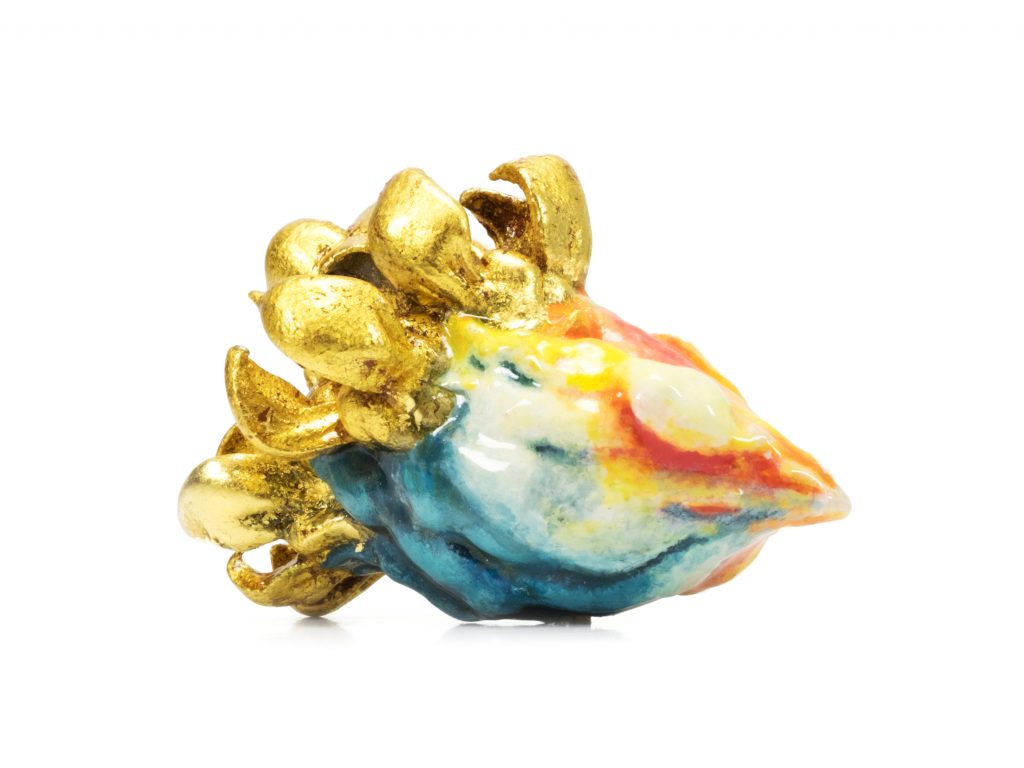
With these small plant mutated sculptures Ervinck investigates how he can use today’s techniques to transcend or continue the craftsmanship of the past. Ervinck explores how to create dynamic, complex and detailed organic structures, pushing the boundaries of what we call ‘realistic’. His work reinvents classical sculpture through a cross-fertilization between innovation and tradition and does so in a purely contemporary context.
On the other hand, these works question how far we can or should go in manipulating food. Research into crop mutation is not new. Following the Second World War, the so-called “Atoms for Peace” programme was established to look into ways to use nuclear energy for peaceful purposes. In the gardens of national laboratories in Europe and the former Soviet Union, plants were irradiated in such a way that different varieties could be produced. With these disease-resistant mutations, scientists hoped to solve the problem of food shortage. Scientists had started to play at god.
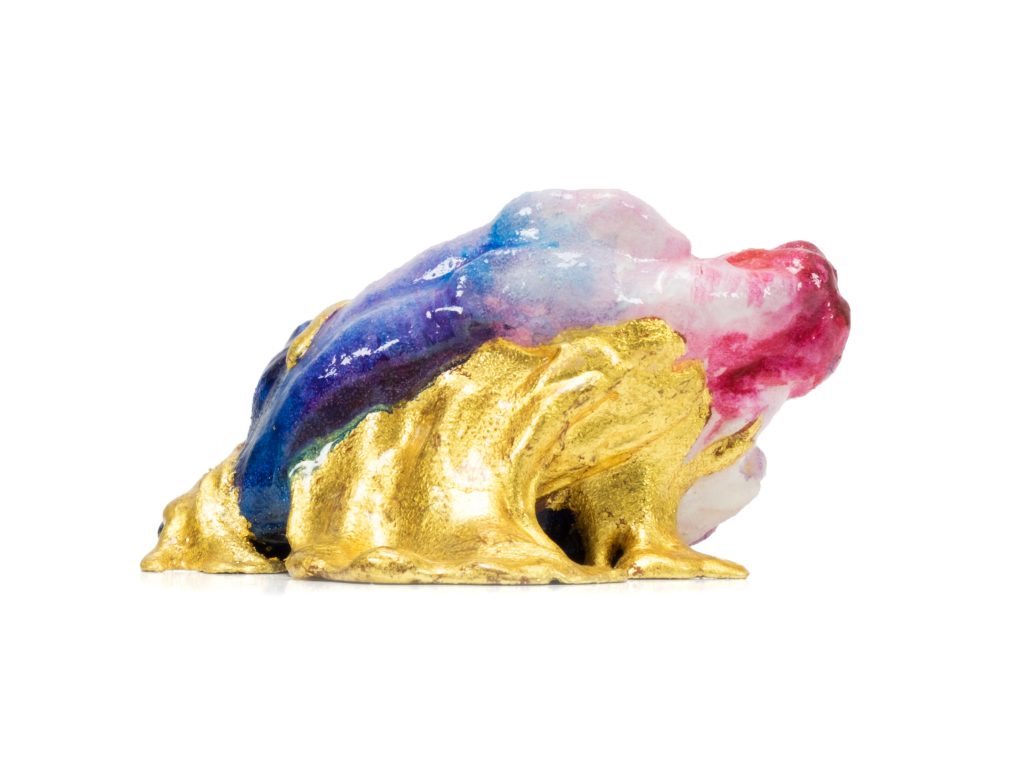
Today, teams of researchers continue to look for ways to optimize our crops and food security. Most sculptures created with digital technologies seem to emphasise the artificial part of the sculpture.
Ervinck is more interested in this tension between the digital and the real. Even as a 3D print
NEBLOAK and NEBKATROBS, is in the first place a sculpture. The form couldn’t be created without 3D
printing but the painting process was completely done by hand.
